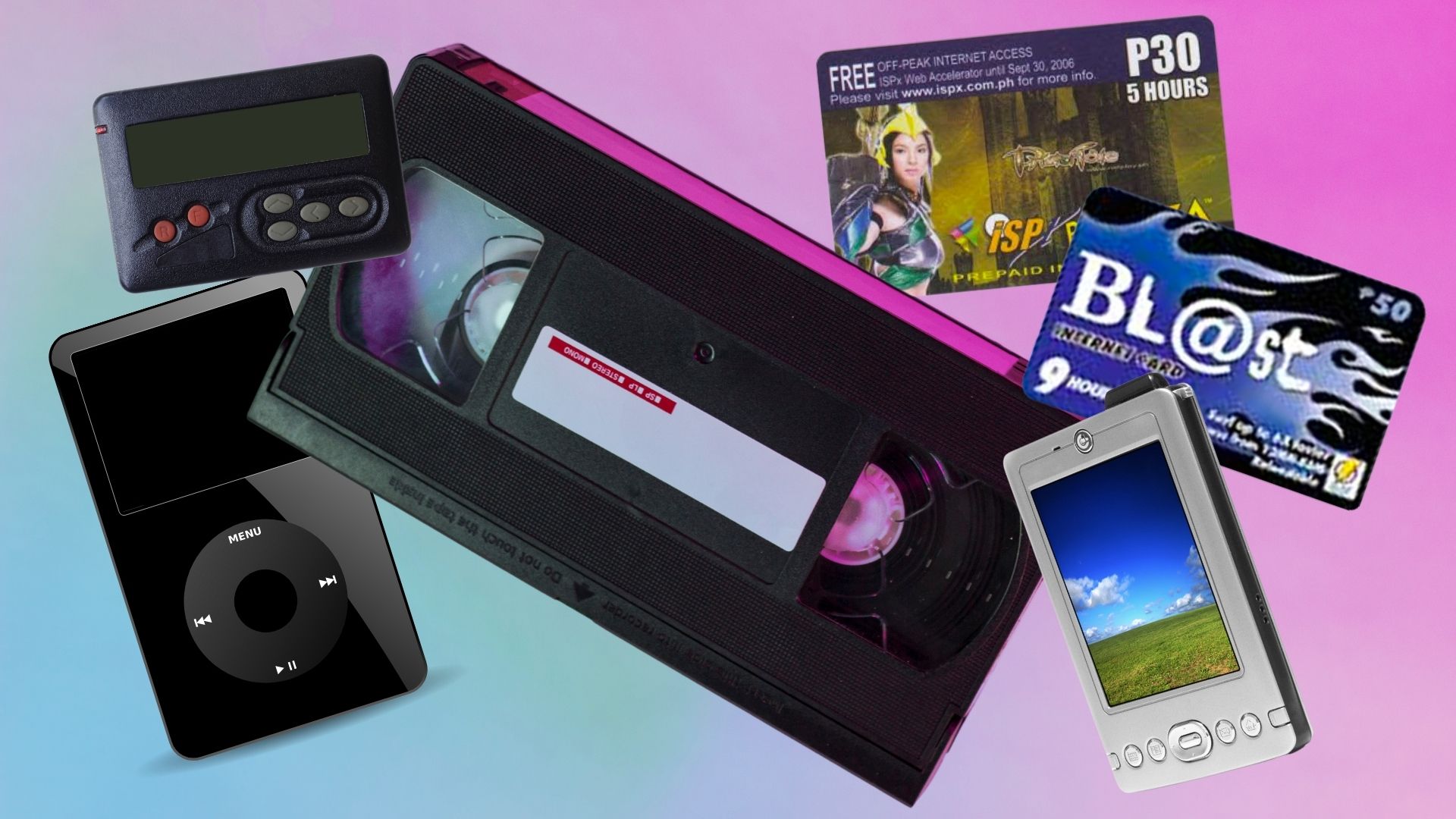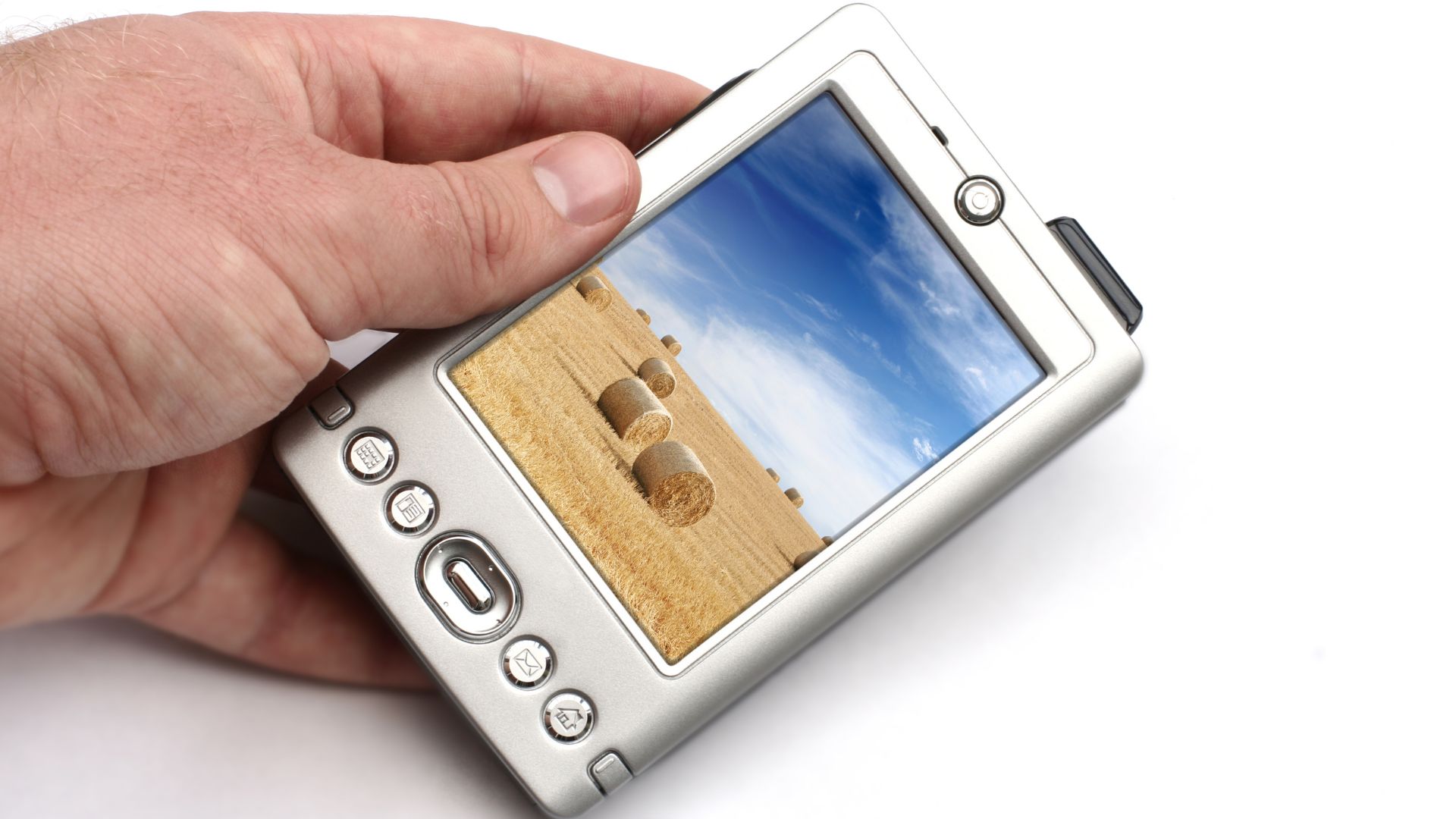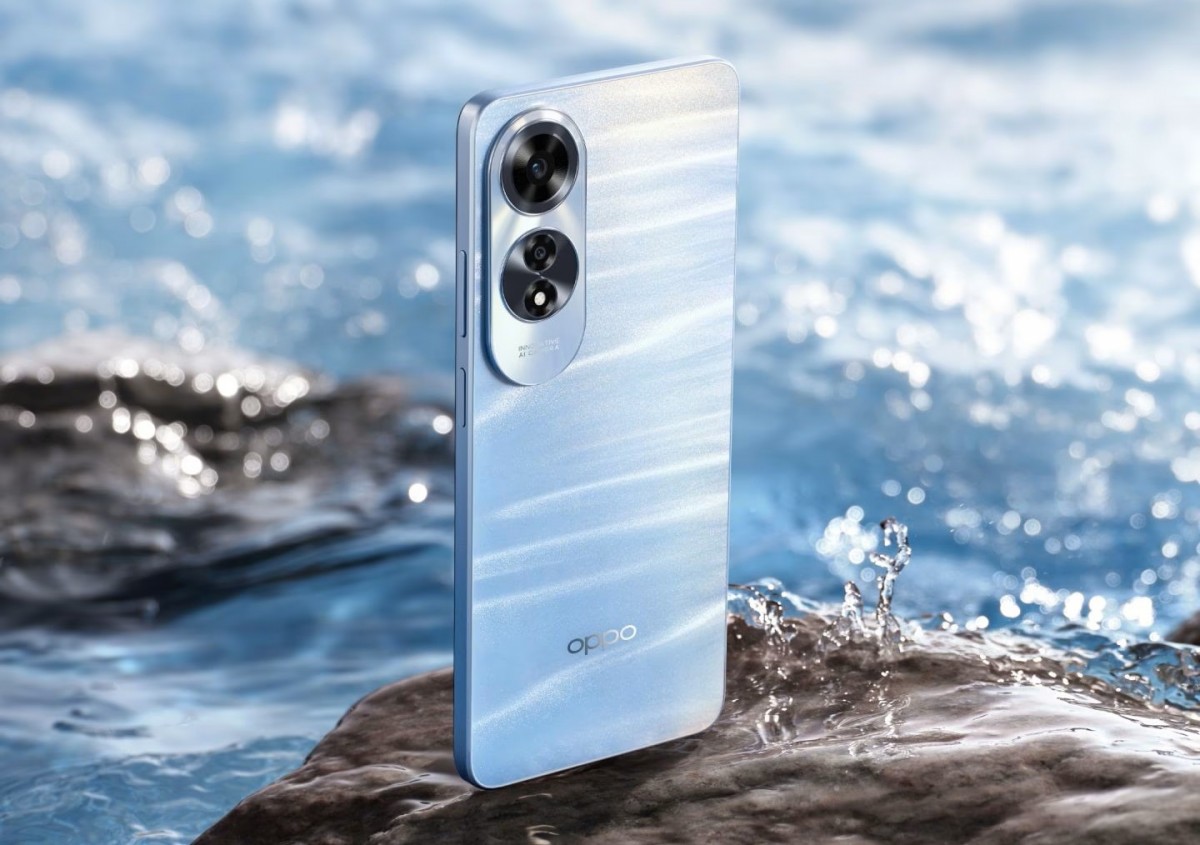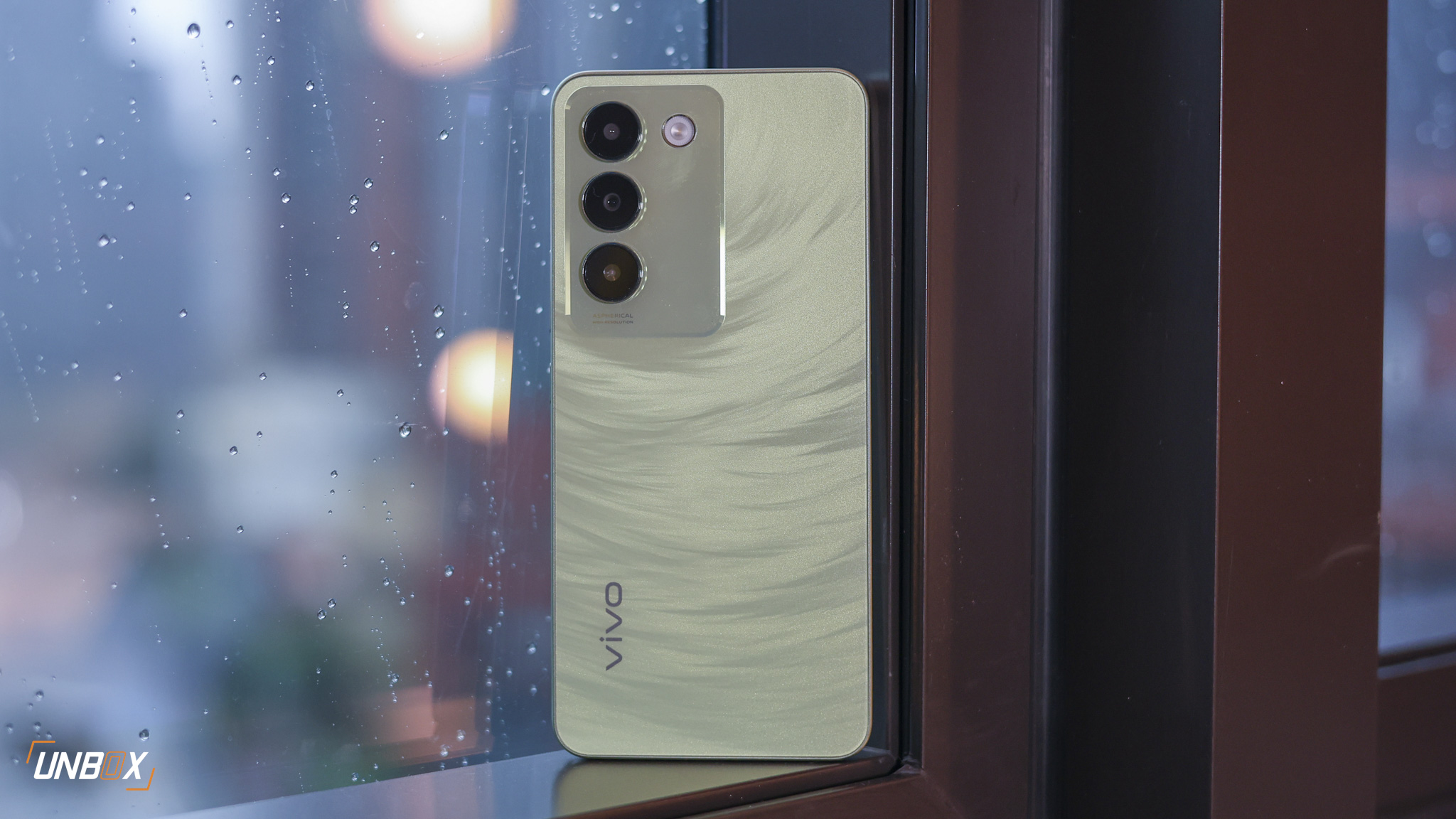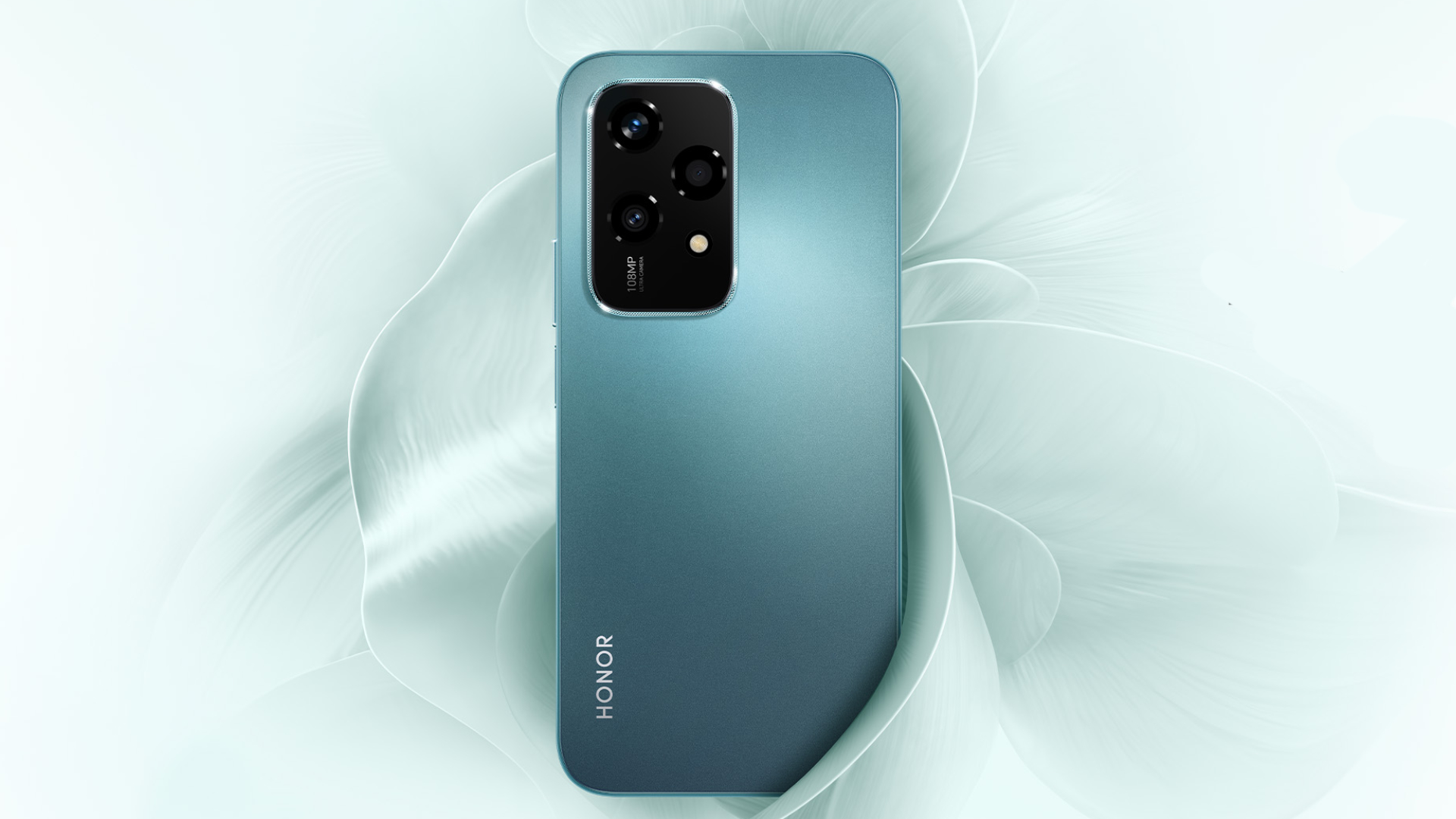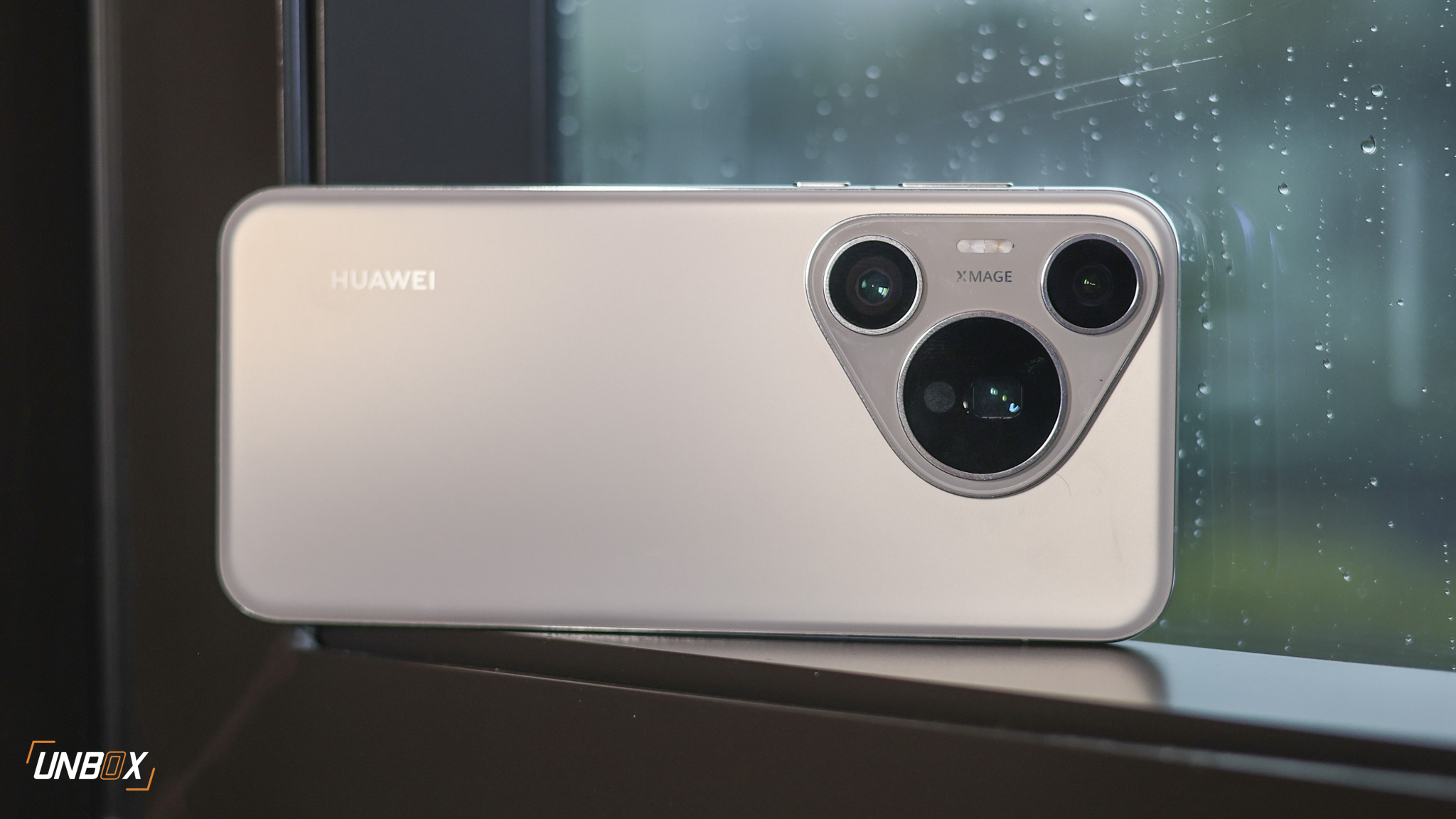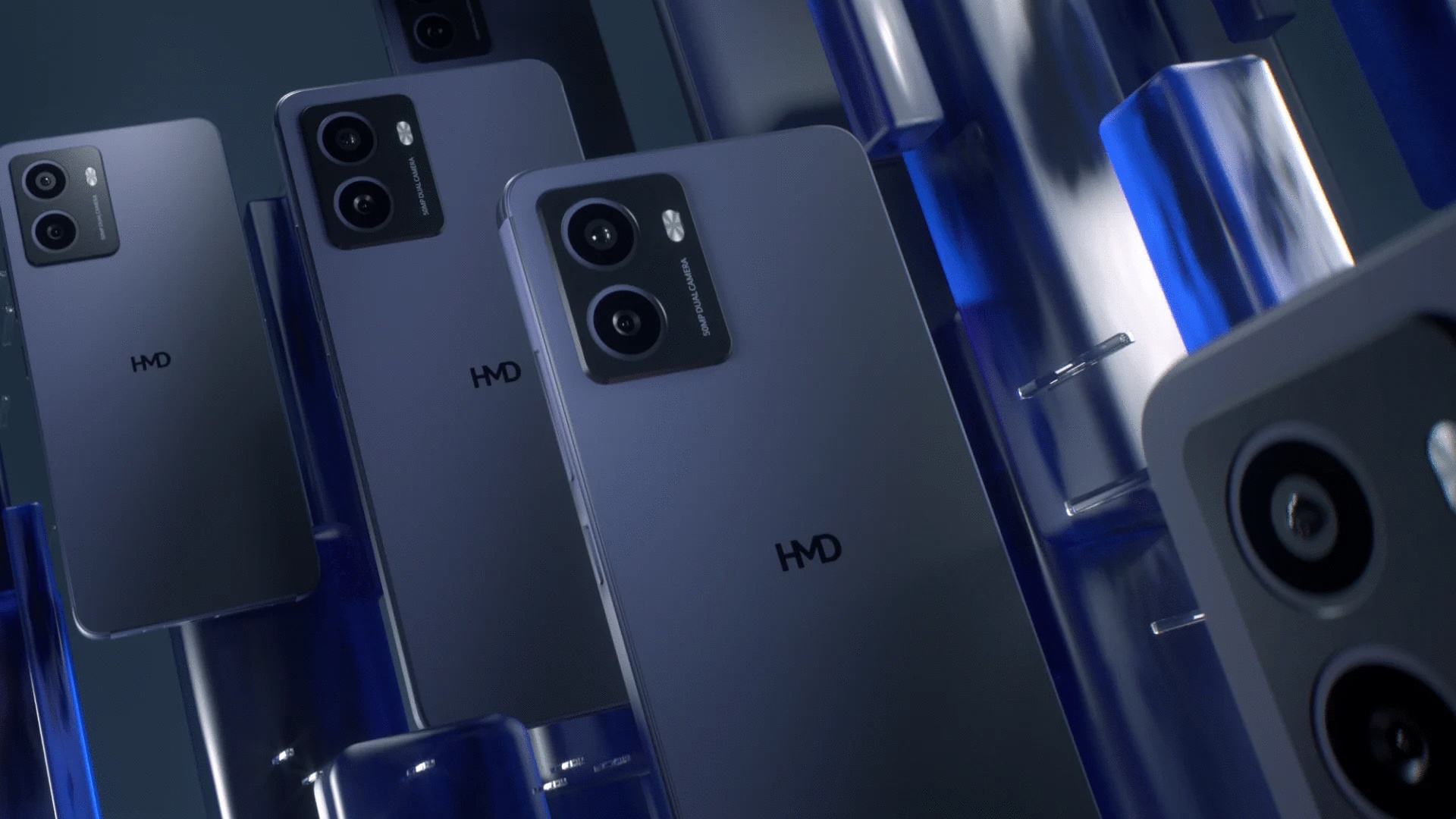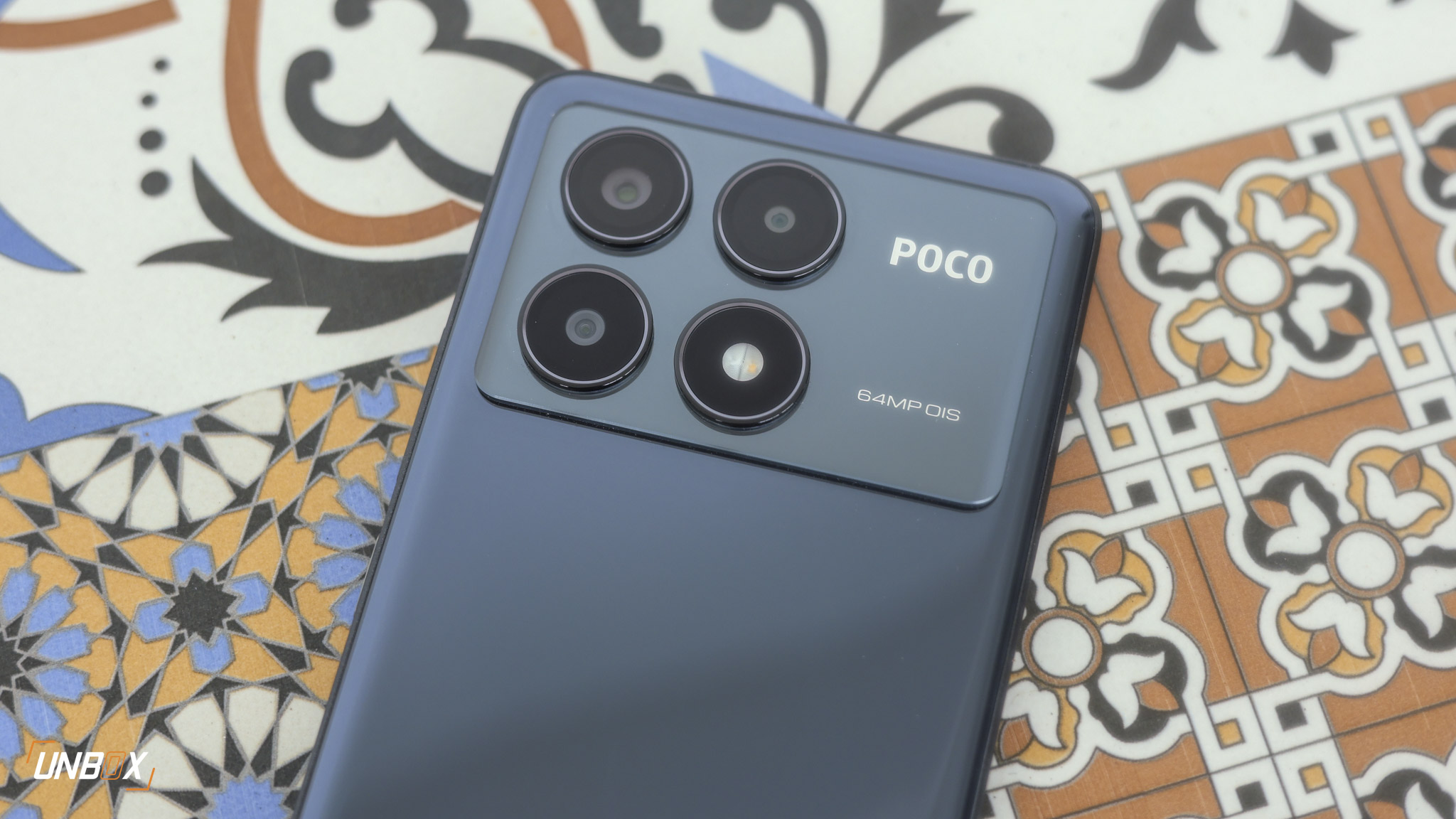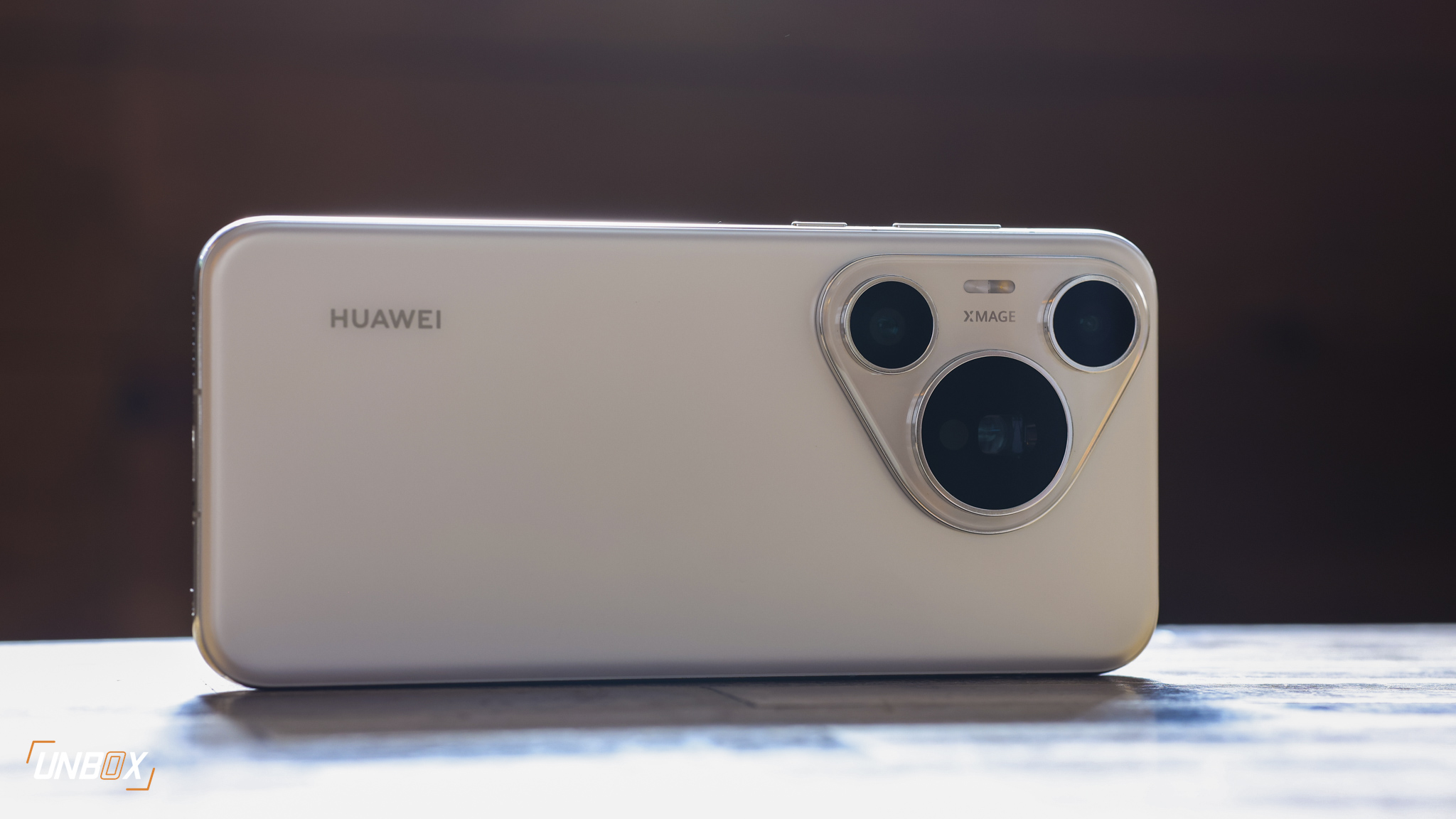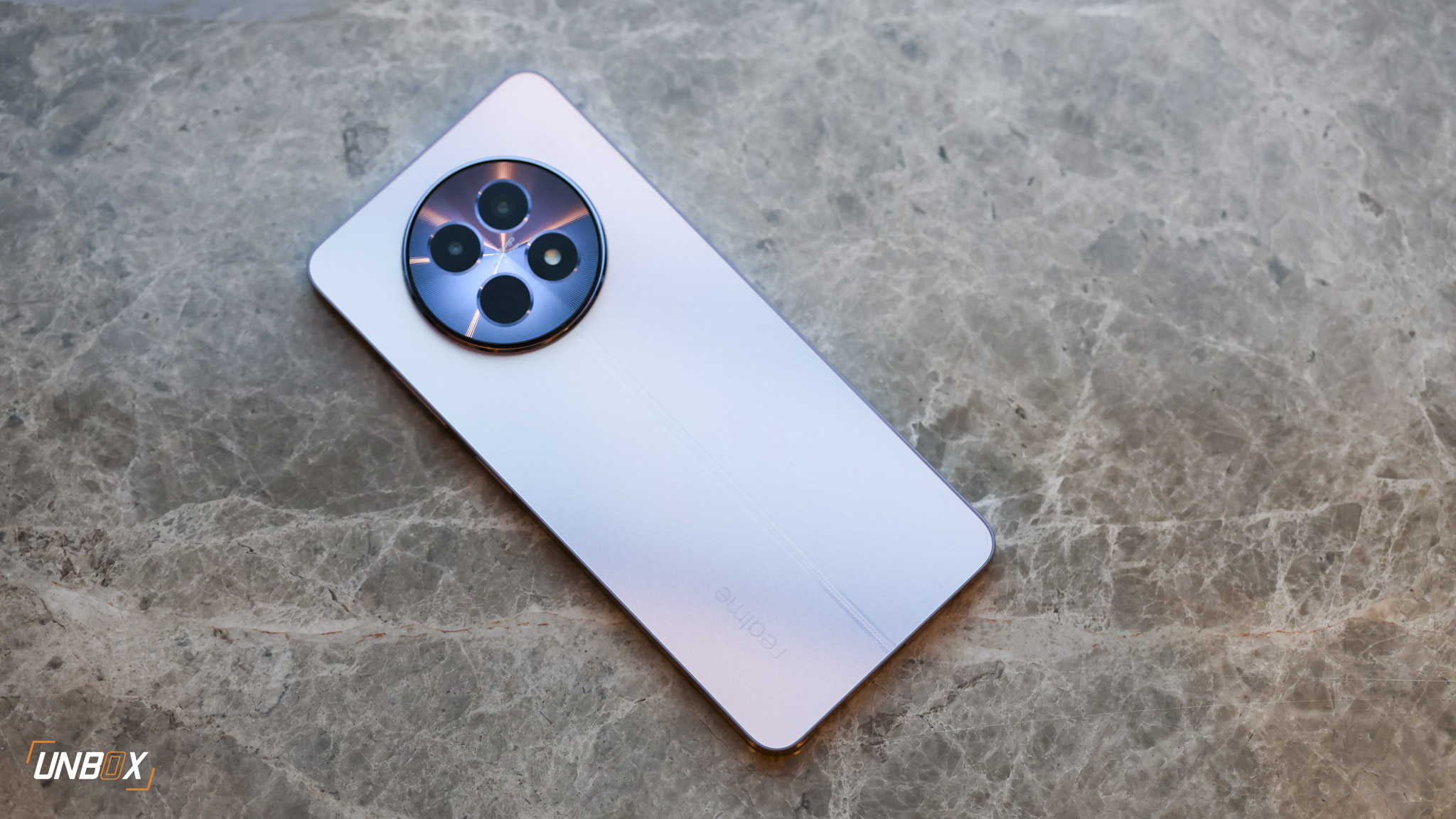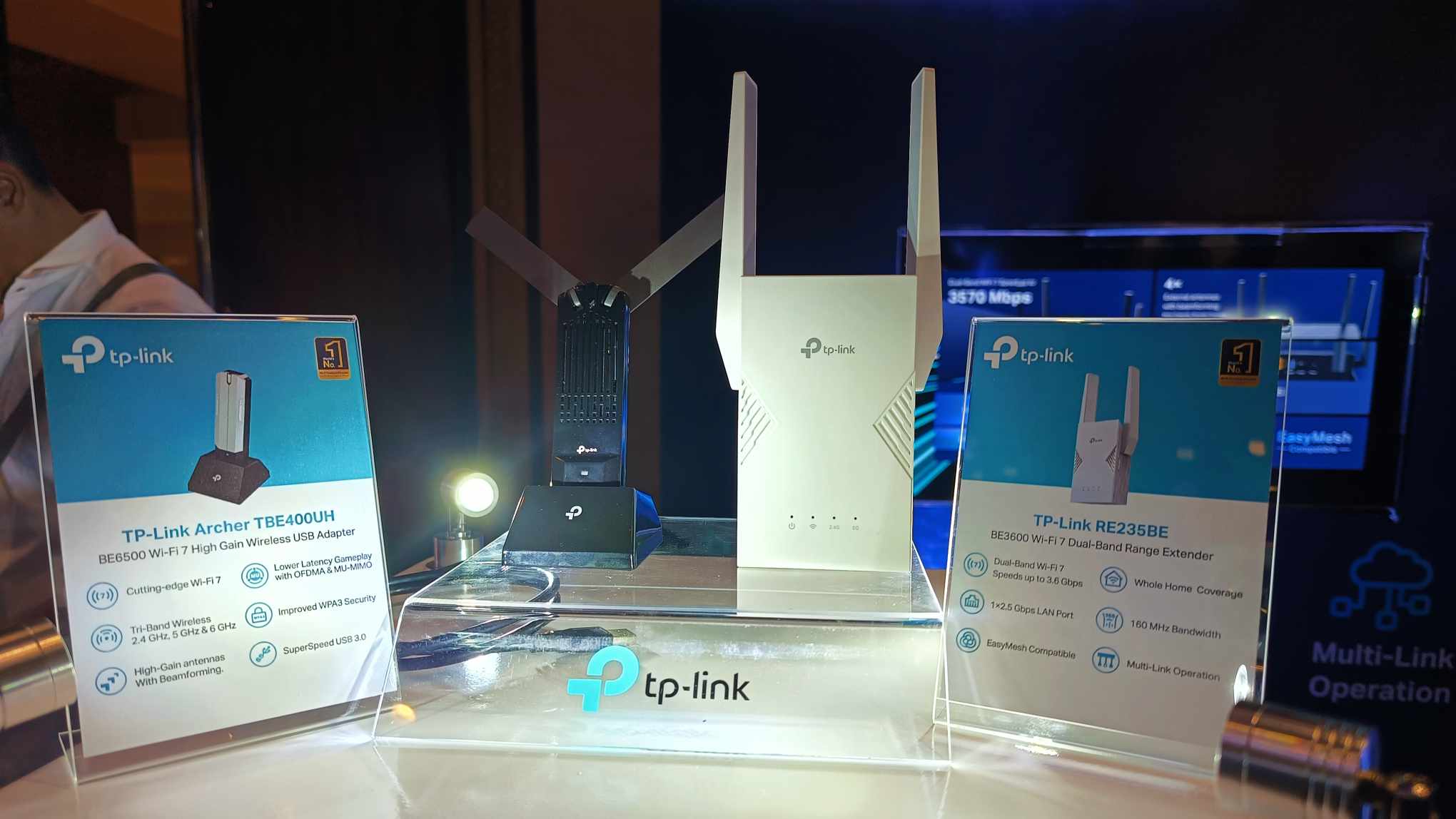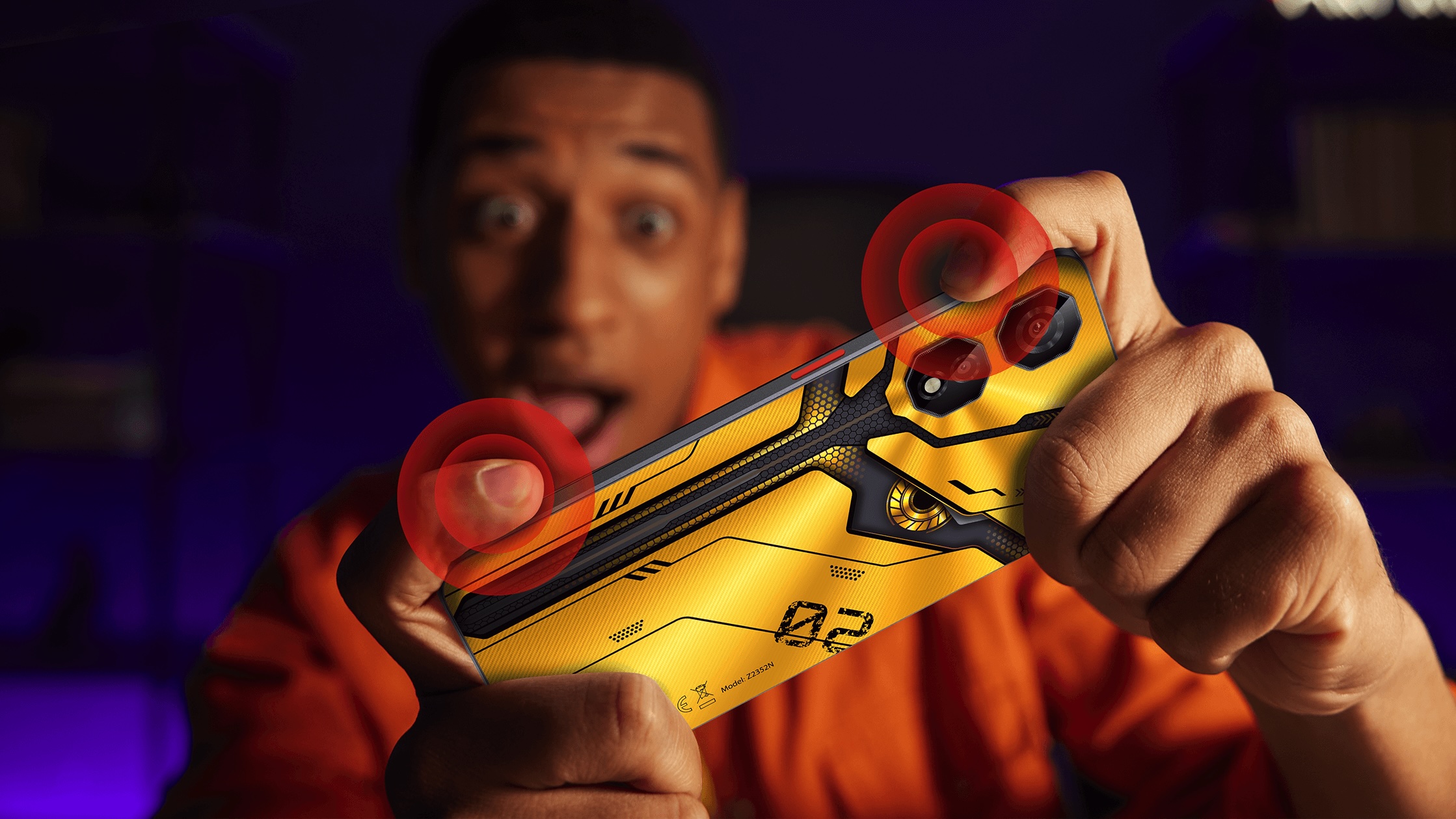Technology has grown at a more rapid pace in the past decade or two, and we sometimes feel nostalgic but remember the old tech that paved the way to where we are now today. We list down some of those techs we sorely miss in this little throwback story.
Great tech has helped us shape the way we finish tasks quicker and communicate with our loved ones faster, but old tech did give us that feeling of making every possible time worth it. Here are some that are obsolete, yet worth looking back to.
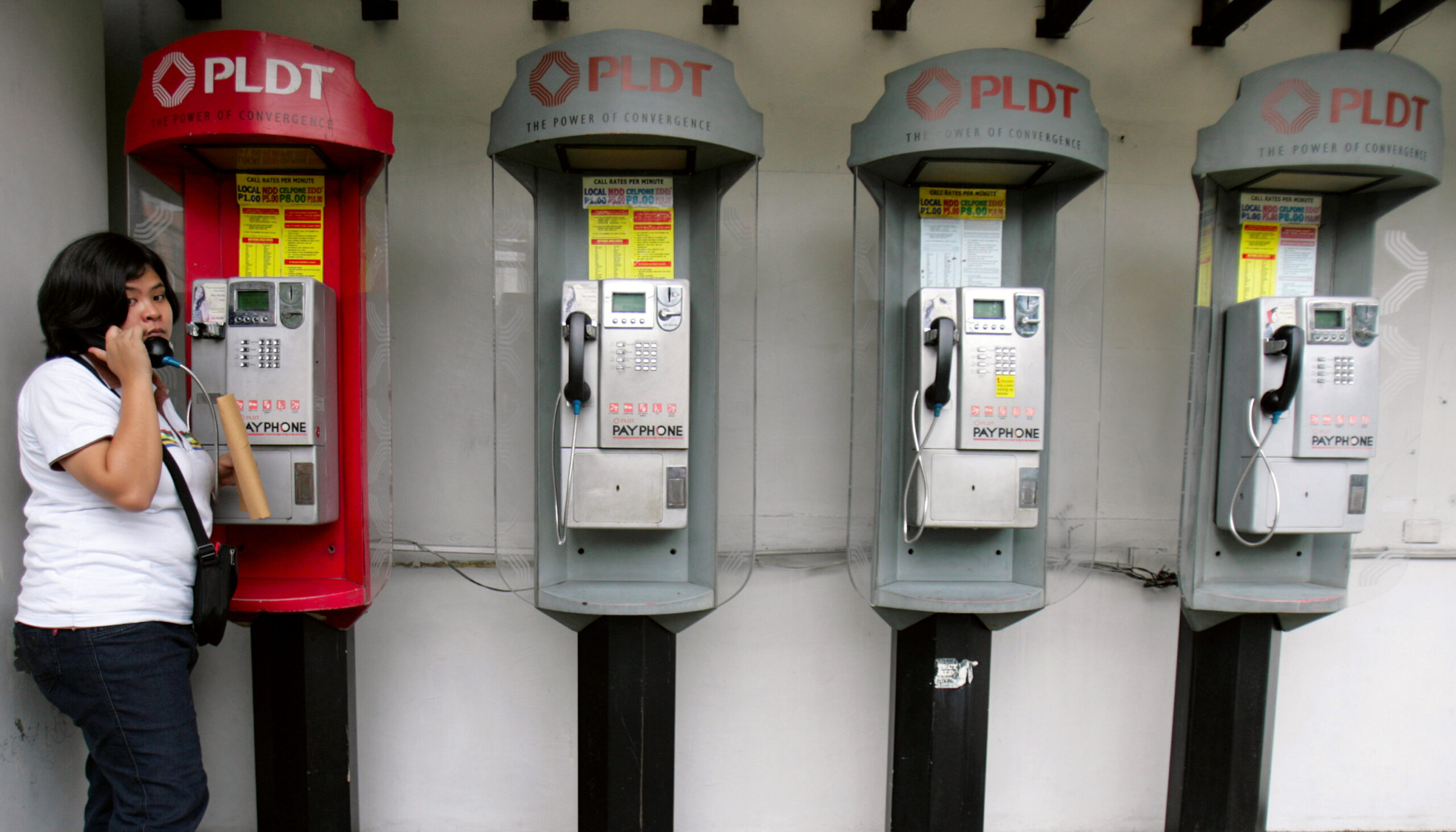
Who did pay phones when cellphones we not even a thing? Pay Phones are everywhere in the country–from bus terminals, malls, even cinema lobbies, and schools. Pay Phones have become a means of communication for those who cannot afford to pay almost Php 10,000 for a brand new Nokia 3210. I remember asking my mom to get a PLDT Fonkard Plus so I could call home from my school when an emergency arises.
When my Fonkard emptied the last of its balance, I just called the pay phone operator to connect me to our home and see those bills pile up with our monthly phone bills. Those were the times.
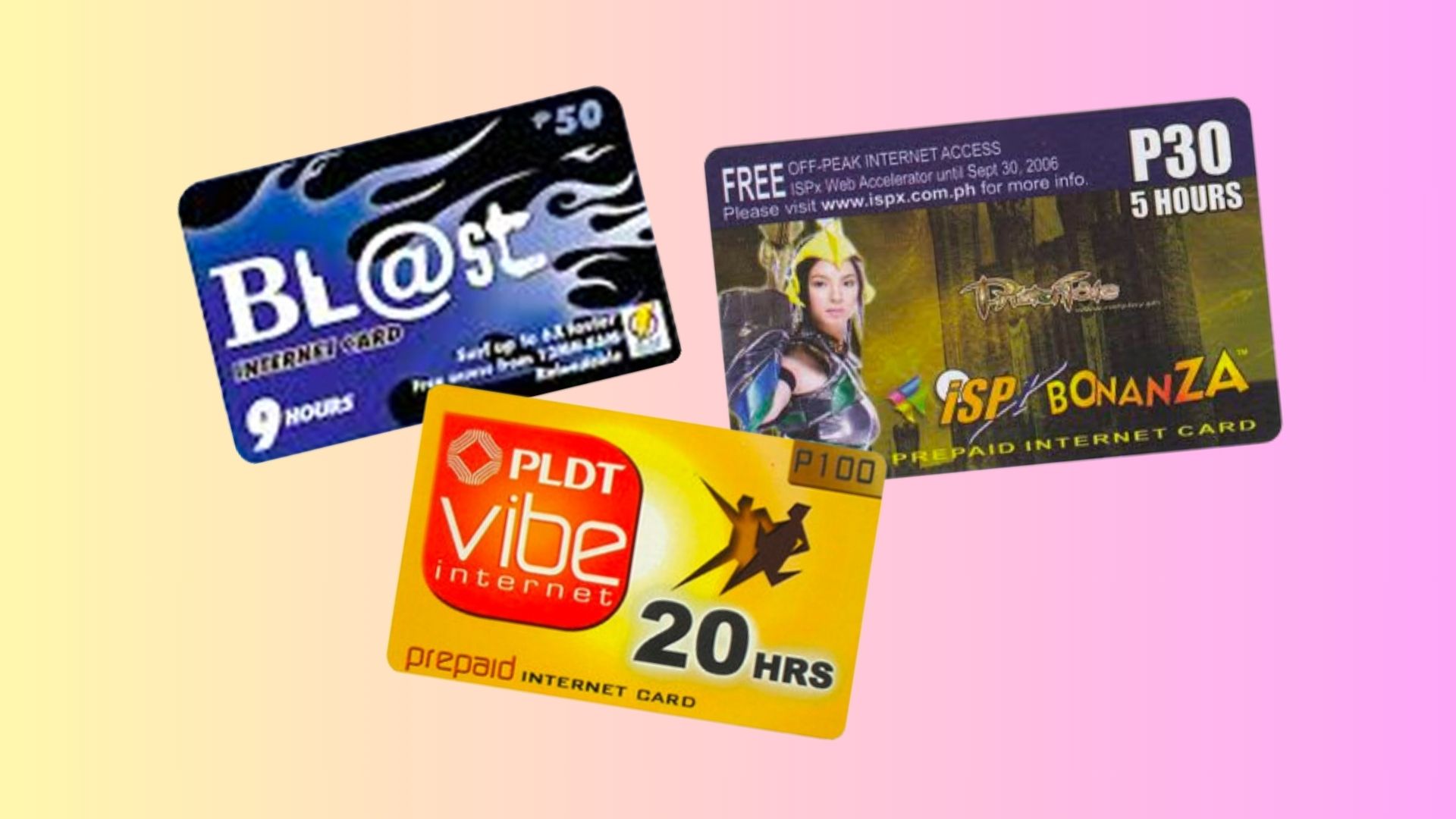 Dial-up modems and Prepaid Internet Cards
Dial-up modems and Prepaid Internet Cards
ISP Bonanza, anyone? Back when we were all just experiencing the Internet in the late 90s to the 2000s, Dial-up modems were a thing. Unlimited Internet hours are on at midnight, and stocking up cards is a thing so you don’t have to get offline for long when your current card runs out of hours. I used a lot of dial-up cards to play the first iteration of Ragnarok online when it was a thing in 2004.
That buzzing cacophony you hear when you connect with your phone line at home greatly brings me back to those days. Ah, good times.
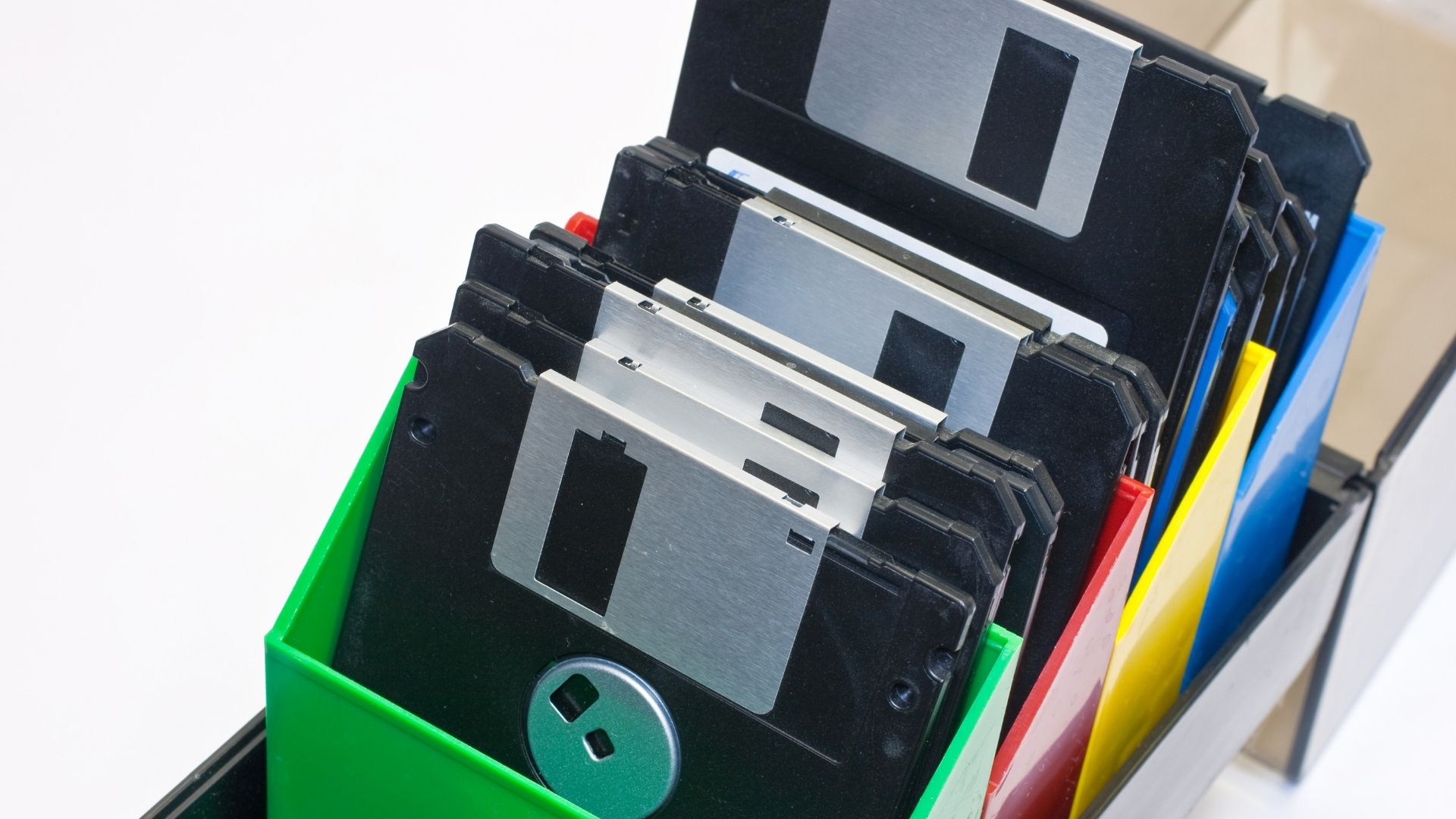
Floppy Disks
Gen Zs will think that it’s a physical save button, but Floppy Disks have been around before the Gen Zs even existed. I remember using them to save our Kid Pix artwork files for our computer class back in my grade school days.
They started with eight-inch disks in the 1960s and 1970s, to the 3.5mm ones more commonly used before CDs came out to replace them, they can only store very small amounts of data that seemed very counter-productive. I mean, Japan still uses floppy disks to this day due to government transactions, but those will be relaxed this year.
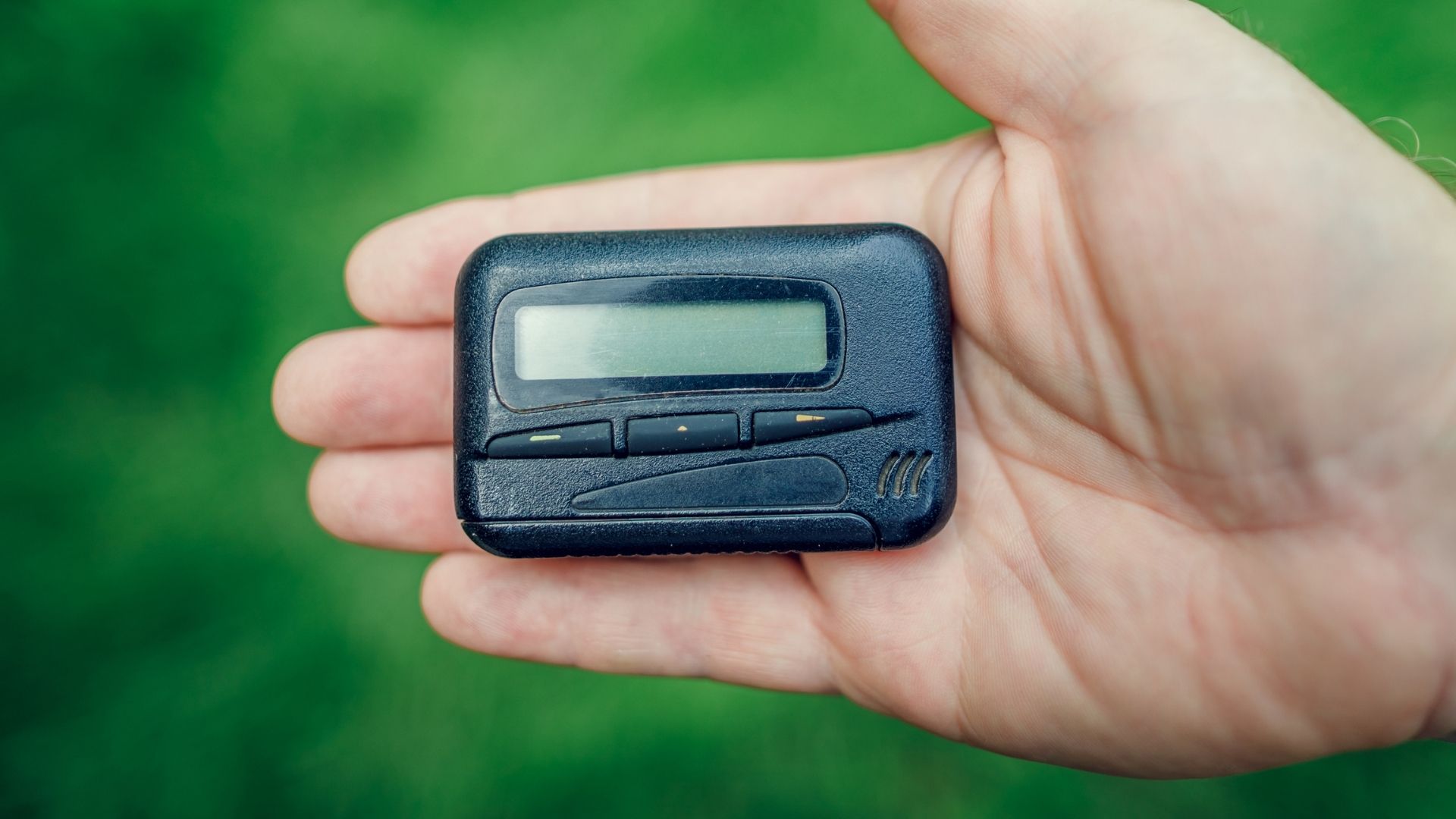 Pagers
Pagers
Before phones were even a thing, pagers were what many people used to communicate via text messaging. It’s that gadget that everyone loves to put on their belt or waist when they travel around, as they’re meant to be clippable and oftentimes have a few buttons for navigation only.
The process though is as tedious as it looks–you’d have to call the number of your recipient, talk to a telephone operator to send out a message, and they will receive that message encoded in text on their pagers. Thank the heavens cellular phones were easily developed long after that, so everyone can just call each other to communicate.
PDAs
Personal Digital Assistants, or PDAs, are the precursors to what are smartphones of the current times. Born in the 1990s and popularized by Palm, HP, and Blackberry, PDAs served as handy virtual assistants with access to a lot of features you would need for business including contacts, calendars, and emails at the front and center of the device. Think of it as a digital organizer for your daily life, which is why it’s a hit among those in the corporate world.
Oftentimes, these PDAs are powered by a version of Microsoft Windows. Blackberry popularized PDAs with cellular connectivity and soon became a hit in the Philippines in the late 2000s.
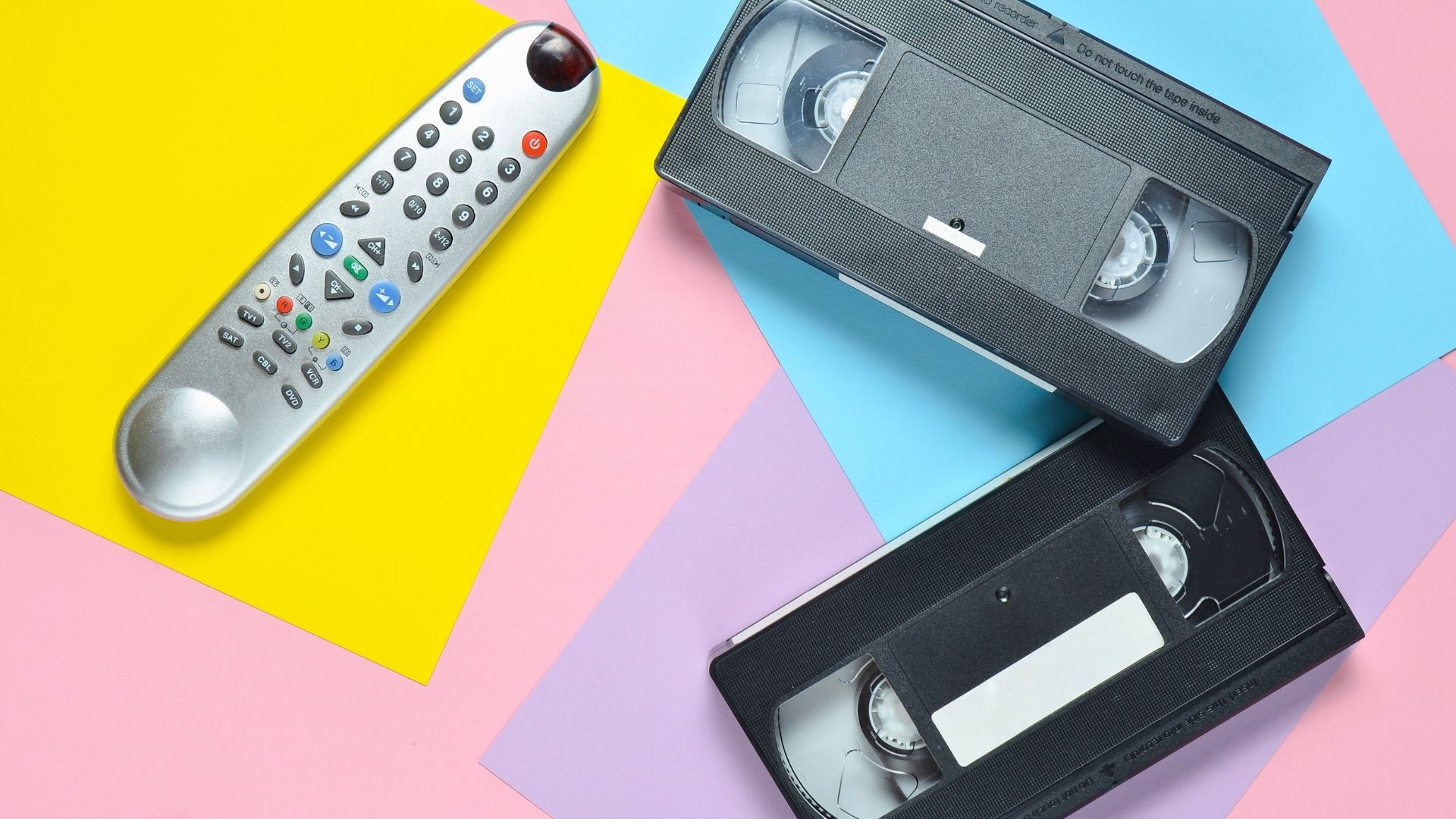
VHS / Betamax
Long before Blu-Rays, DVDs, and streaming, Magnetic video tapes were one of the more popular mediums in the 80s and 90s as they can play back your rented movies and recorded moments. It’s kind of hard to seek your favorite scene though, as the players need to read the whole tape or you’ll end up in a tangled mess.
It’s been a fight between JVC’s VHS (Video Home System) and Sony’s Betamax for the ultimate format back then, and JVC won the videotape wars by partnering with film studios to create what would soon become a highly profitable video rental market.
Videotapes back then are expensive to purchase, so some of us go to Video City and purchase a membership card to rent out a new movie! It was a lot cheaper to do it that way before and has been the norm until VCDs (and pirated versions of original content) soon proliferated the markets, effectively reducing its popularity and usage.
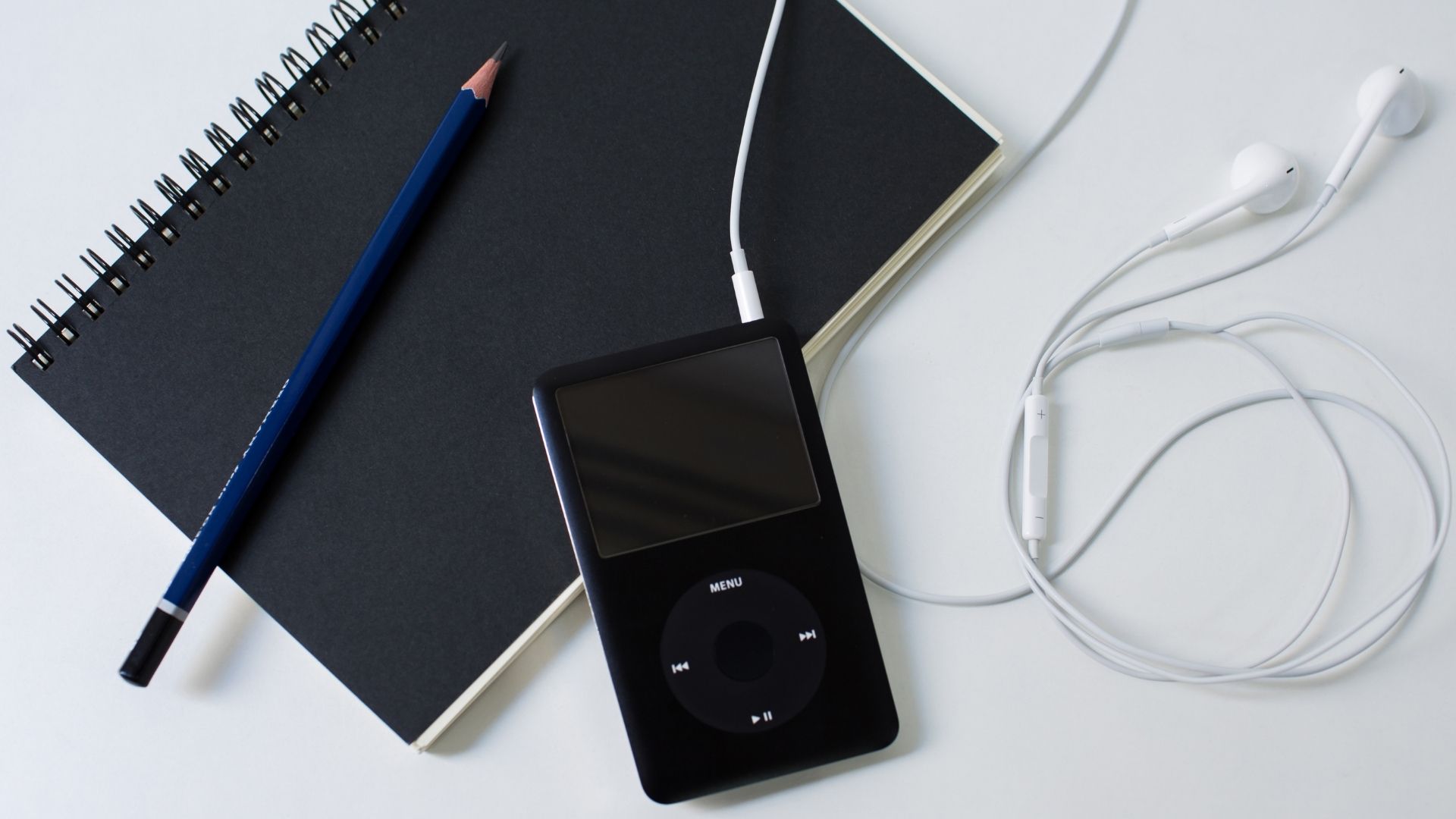
Apple iPod
More than twenty years ago, Steve Jobs introduced the Apple iPod, a small, pocket-sized music player that can store and play tons of music without all the fuss. This product was so successful that it spawned different iPod types–Mini, Shuffle, Nano, and even a touch-based player that seemed to be redundant as Apple had released the iPhone at the time it was launched.
The iPhone also brought the MP3/MP4 player to the masses, with many different brands offering their versions at different price points including Microsoft with Zune, and Sony with a refreshed version of their Walkman, Sandisk, and Philips, to name a few. Using one is great, and up to this day, I am still looking for one that can perform as good as the iPod–without all the iTunes hassle.
That’s it for a quick nostalgia trip into some older tech that walked so smartphones and other more advanced technologies can run. Hope you had a quick learning or two, and chime in our comments section if you think there are stuff you think are worth the nostalgia too.


